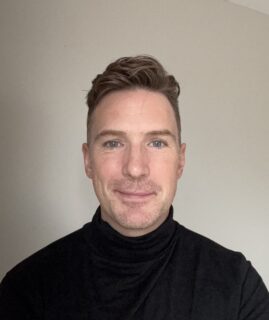Christopher Patten

Christopher is a program manager at CCD, where he focuses on supporting, scoping, and growing projects across the organization and with our partners.
He returned to CCD after working in the federal government to build and staff human-centered design offices, teach classes on design, and provide coaching to agencies so they could practice design skills like usability testing on their own. Christopher also brings experience as a civil servant in Detroit, where he worked as Director of Strategy for Detroit Public Schools Community District.
Christopher’s training and former career as a landscape architect informs his approach to design, where he prioritizes the environment, rather than the designer, to drive design direction.
He holds an MFA from Parsons School of Design and a Bachelor of Landscape Architecture from Ball State University. He lives in Detroit, where he spends his free time restoring his 1922 home and advocating for the preservation of cultural landscapes in his adopted city.

